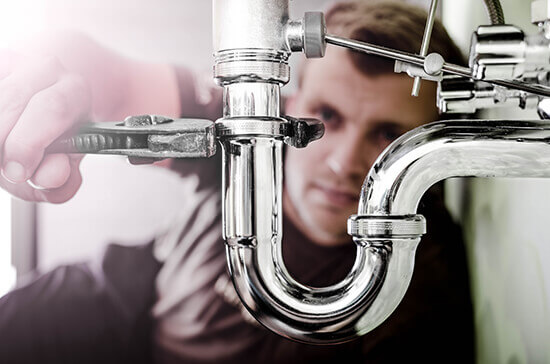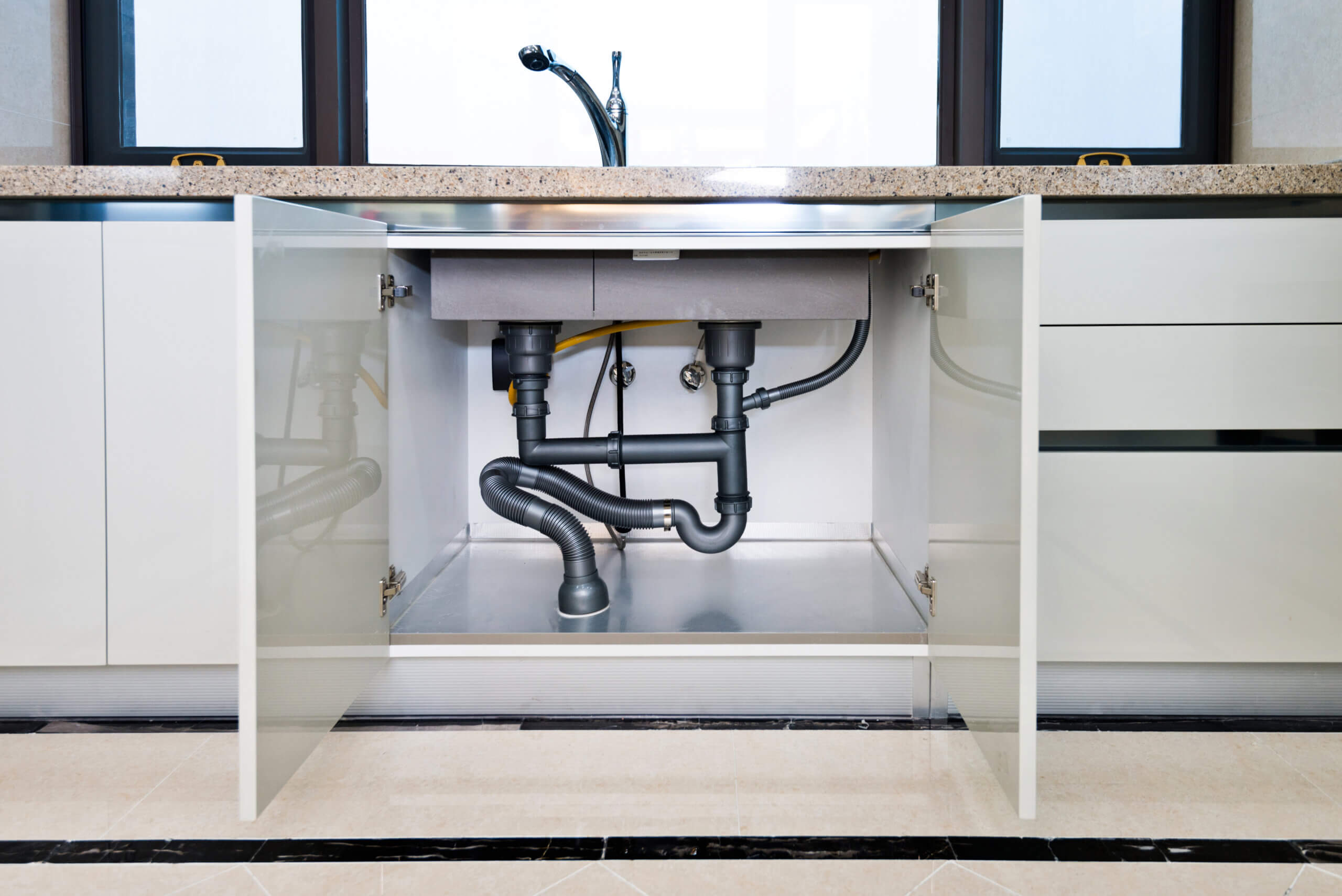7 Low-Cost Ways to Increase Your Home’s Humidity Levels in the Wintertime
As the winter months arrive, many homeowners face the discomfort of dry indoor air. Low humidity levels not only lead to physical discomfort, but they can also cause a variety of health issues and damage to your home and belongings. Finding ways to increase your home’s humidity during the winter can greatly improve your living environment. In this blog post, we will explore seven effective methods to combat dry air and create a more comfortable and healthy atmosphere indoors.
Use a Humidifier
One of the most straightforward solutions to combating low humidity in your home is to use a humidifier. Humidifiers come in various sizes and types, from small portable units to whole-house systems that integrate with your HVAC system. They work by releasing water vapor into the air, instantly raising humidity levels. Be sure to monitor and maintain humidity levels using a hygrometer to prevent over-humidification, which can lead to issues like mold growth.
Strategic Houseplant Placement
Houseplants are not only aesthetically pleasing, but they also serve as natural humidifiers. As plants undergo transpiration, they release moisture into the air, thereby increasing humidity levels. Group several plants together or place them in areas where you spend the most time, such as the living room or bedroom. Just be sure to provide them with adequate care to avoid any potential negative effects, like mold exposure.
Open Water Containers
Strategically placing open containers of water around your home can help increase humidity levels. As the water undergoes evaporation, it emits moisture into the surrounding air. You can place bowls of water near heat sources, like radiators or heating vents, to expedite the evaporation process. Adding a few drops of essential oils can even infuse a pleasant fragrance into the air.
Cook on the Stovetop
Cooking on the stovetop generates steam, which contributes to raising indoor humidity levels. Utilize this natural source of moisture by leaving the lids off pots and pans while cooking. The steam will escape and disperse throughout your home, providing both humidity and a delicious aroma.
Hang Laundry to Dry Indoors
Rather than relying solely on your dryer during the winter, consider hanging your laundry to dry indoors. The moisture from the clothes will be released into the air, boosting humidity levels in the process. This method not only adds humidity but also reduces energy consumption, as your dryer won’t be in constant use.
Seal Drafts and Leaks
Cold air infiltrating your home through leaks and drafts can make it even more challenging to maintain adequate humidity levels. Properly sealing windows, doors, and any other potential gaps can help keep the cold air out and the humidity in. Additionally, by preventing cold drafts, you’ll reduce your reliance on heating systems, which can dry out the air even further.
Use a Water Fountain or Aquarium
Water features like tabletop fountains or small aquariums can serve as both decorative elements and humidity boosters. As water evaporates from these features, it adds moisture to the air. This approach combines aesthetics with functionality, creating a visually pleasing way to combat dry indoor air.
Bonus Tips for Optimal Winter Humidity
In addition to the main strategies discussed above, there are a few more bonus tips that can help you maintain optimal humidity levels and make your winter experience even more comfortable.
Regular Maintenance of Humidifiers
If you’re using a humidifier, it’s crucial to clean and maintain it regularly. Neglecting humidifier maintenance can lead to mold and bacteria growth, which can then be released into the air you breathe. Follow the manufacturer’s guidelines for cleaning and changing filters to ensure the device operates effectively and safely.
Hydrate Yourself and Your Pets
While you focus on increasing the humidity levels in your home, don’t forget to stay hydrated yourself. Drinking plenty of water helps keep your body comfortable and your skin moisturized. The same goes for your pets; make sure they have access to fresh water to avoid the effects of dry indoor air on their health.
Monitor Indoor Plants
While houseplants can contribute to higher humidity levels, they also need proper care during the winter months. Assess how dry/moist the dirt is and water accordingly. Overwatering can lead to its own set of issues, so strike a balance that keeps your plants healthy while maintaining the desired humidity.
Use Natural Ventilation Wisely
While it’s essential to seal drafts and leaks, occasionally allowing a controlled amount of fresh outdoor air into your home can be beneficial. Opening windows for a short time on milder winter days can help refresh the indoor air and prevent stale, overly dry conditions.
Invest in a Dehumidifier
In some cases, your home might have excess humidity due to poor ventilation, which can lead to issues like condensation and mold growth. If this is the case, a dehumidifier can help regulate indoor moisture levels, creating a healthier and more comfortable living environment.
Monitor Hygrometer Readings
To maintain optimal humidity, it’s essential to monitor humidity levels using a hygrometer. This device gives you accurate readings of the moisture content in the air, allowing you to make necessary adjustments to your strategies.
Protecting Your Home and Health: The Importance of Winter Humidity
Understanding the impact of winter humidity on both your home and your health is crucial to appreciating the significance of maintaining optimal moisture levels indoors. Let’s delve into why striking the right balance is more than just a comfort issue.
Preserving Your Home’s Structure
Dry air can wreak havoc on your home’s structural integrity. Wood, in particular, is highly susceptible to drying out in low-humidity conditions, which can lead to warping, cracking, and even splitting. This is especially concerning for wooden furniture, flooring, and musical instruments. By keeping the humidity levels in check, you’re protecting your investments and ensuring the longevity of your cherished possessions.
Health and Comfort
Dry indoor air can cause a range of health problems. Skin irritation, dry eyes, and respiratory issues are common complaints in homes with low humidity levels. Additionally, dry nasal passages can make you more susceptible to infections, as they act as a natural barrier against pathogens. Increasing humidity can help alleviate these discomforts, making your home a more pleasant and healthier environment.
Energy Efficiency
Did you know that maintaining proper humidity levels can impact your heating costs? Moist air feels warmer than dry air at the same temperature. By increasing the humidity, you might find yourself feeling comfortable at a slightly lower thermostat setting. This not only enhances your comfort but also helps conserve energy and reduces your heating bill.
Less Static Electricity
One of the annoying side effects of dry air is the prevalence of static electricity shocks. Low humidity levels create an environment where static charges can build up easily. By introducing more moisture into the air, you’ll experience fewer unexpected shocks when touching metal objects or other people.
Mitigating Allergies
Dust mites and certain allergens thrive in dry environments. By maintaining proper humidity, you can make your home less hospitable to these microscopic creatures, reducing the risk of allergy flare-ups and respiratory discomfort.
Explore Your Options Today
Maintaining the right humidity levels in your Sacramento home during the winter months is essential for your comfort, health, and the preservation of your belongings. Dry indoor air can lead to respiratory problems, dry skin, increased susceptibility to infections, and even damage to wooden furniture and musical instruments. Consult with Crystal Blue Plumbing Heating & Air today to learn more about how you can improve your indoor humidity levels throughout the year with the use of a humidifier. We also offer installation, maintenance, and repair of furnace and air conditioning equipment, indoor air quality assessments, and heat pump installation.










